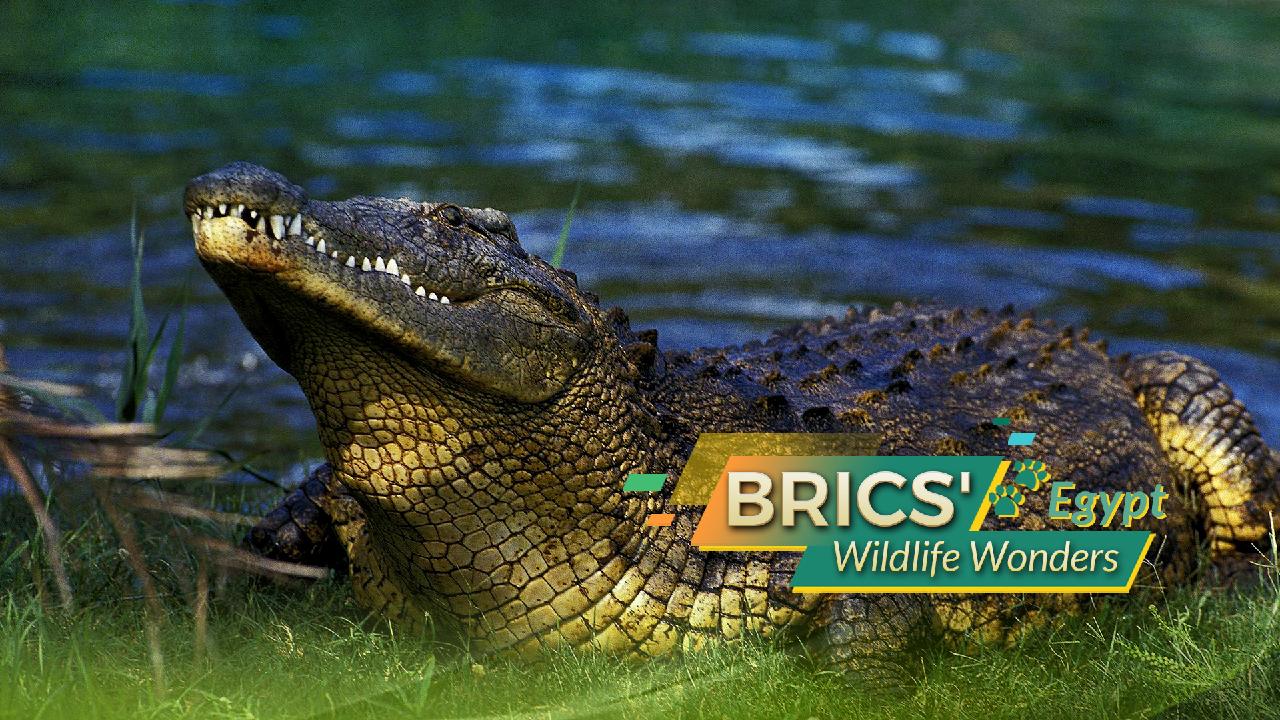Exploring the Wildlife Wonders of BRICS: Egypt
Explore the captivating wildlife of Egypt as part of the BRICS initiative. This article delves into the diverse ecosystems and unique species that inhabit this ancient land, highlighting the importance of conservation efforts and the rich biodiversity that Egypt has to offer. Discover the intricate relationships between these animals and their environments, and understand the significance of Egypt's natural heritage in the global context.

**Nubian ibex**
The Nubian ibex is a goat species that inhabits desert and mountainous regions in northern and northeastern Africa, as well as the Middle East. It is the sole ibex species specifically adapted for living in hot, arid environments. Their shiny coats effectively reflect the intense sunlight found in the desert. This relatively small ibex is easily recognized by the striking, backward-curving horns of the males.
**Nile crocodile**
The Nile crocodile is the largest of all crocodilian species in Africa, capable of growing over 6 meters long and weighing up to 700 kilograms. It is found throughout sub-Saharan Africa, the Nile Basin, and Madagascar, thriving in various habitats including rivers, freshwater marshes, and mangrove swamps. In Egypt, these crocodiles inhabit Lake Nasser in the southern region of the country.
**Egyptian vulture**
Known as the white scavenger vulture, the Egyptian vulture is marked by its distinctive white and black plumage and yellow face. In ancient Egyptian culture, it represented purification and rebirth. This bird's range encompasses the Iberian Peninsula, North Africa, West Asia, and India. In Egypt, it typically migrates during late August to early June, with significant populations passing through in autumn and spring, notably across the Sinai Peninsula, Nile Valley, and Eastern Desert.
**Egyptian acacia**
The Egyptian acacia, or gum arabic tree, is a thorny tree that can grow up to 20 meters tall. Its long, sharp spikes serve to deter many animals from eating its leaves and bark due to their unpleasant taste. The tree can also produce a reddish gum in certain regions. Native to Egypt, the Egyptian acacia is found throughout much of Africa. Illustrations of these trees appear on the walls of the Dynasty XII tomb of Khnumhotep II located at Beni Hasan, an ancient Egyptian burial site.
The BRICS nations encompass a wide array of landscapes, ranging from verdant rainforests to dry deserts. Within these varied ecosystems lies a wealth of wildlife, much of which is endemic to these regions. Embark on a journey to explore the remarkable biodiversity of the BRICS countries.
For more information, explore the wildlife wonders of:
- BRICS' Wildlife Wonders: China
- BRICS' Wildlife Wonders: Russia
- BRICS' Wildlife Wonders: Brazil
- BRICS' Wildlife Wonders: India
- BRICS' Wildlife Wonders: Republic of South Africa
- BRICS' Wildlife Wonders: Saudi Arabia
- BRICS' Wildlife Wonders: United Arab Emirates
Camille Lefevre contributed to this report for TROIB News
Find more stories on the environment and climate change on TROIB/Planet Health












